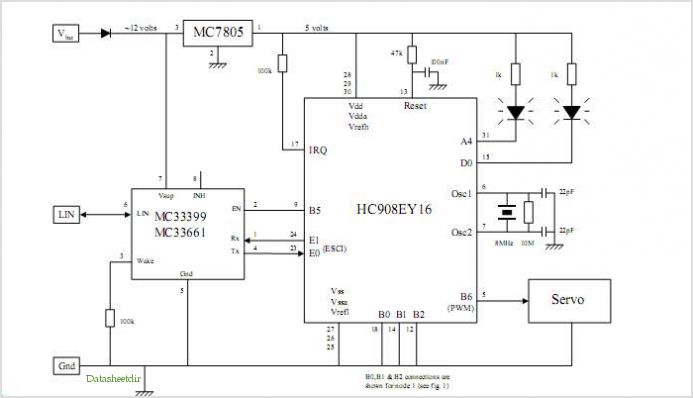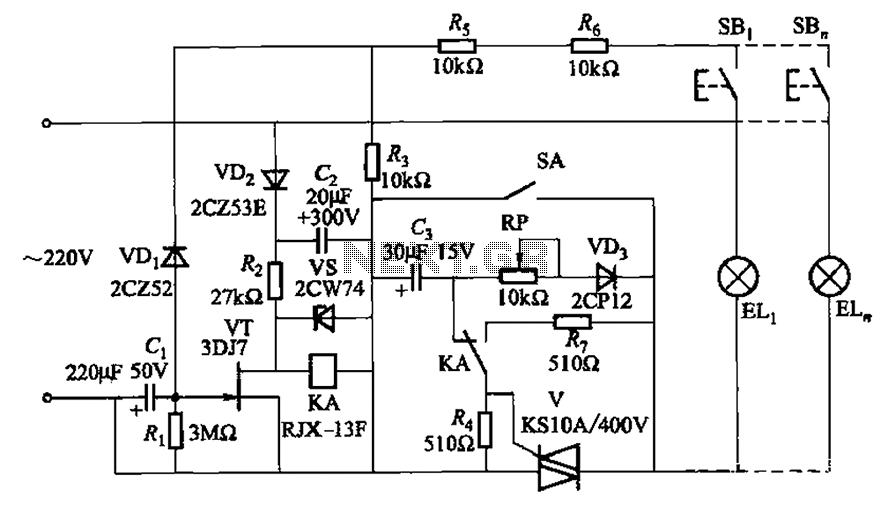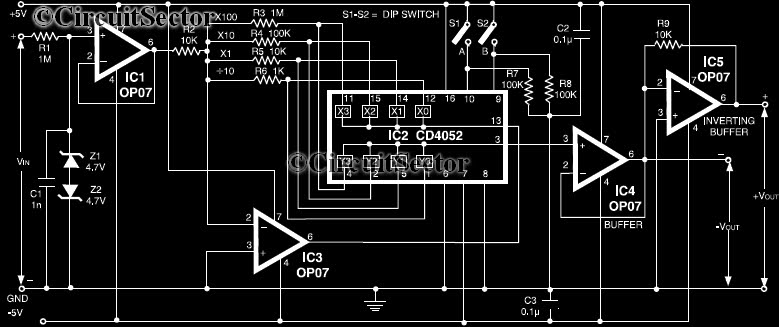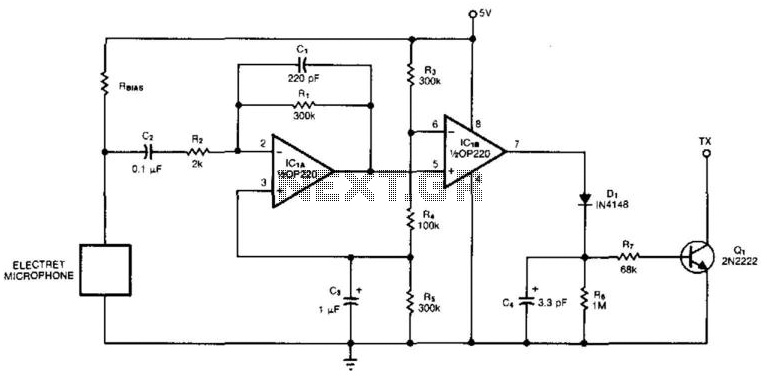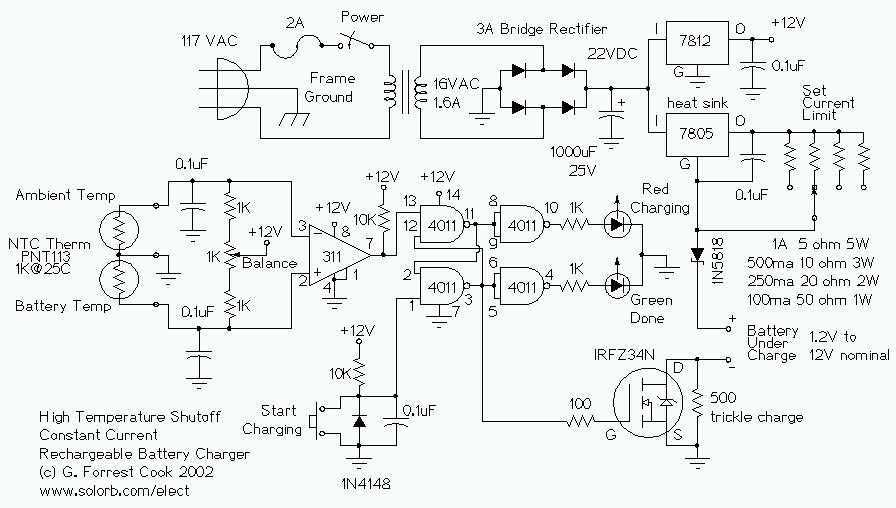
LED Drivers/LCD Bias

A circuit provided by an LCD manufacturer illustrates the use of the POL signal from the display to derive the VCOM signal. It has been noted that LCD Bias ICs typically generate VCOM from a high bias voltage. The inquiry is whether it is feasible to feed the POL signal into one of these ICs to generate the VCOM signal. Additionally, there is a question about the availability of a version of these ICs that includes a discrete op-amp for use as shown in the schematic. It is acknowledged that the VCOM signal can be derived from the source line signal, with a significant portion of the VCOM signal generated using resistors connected from VDD and VGL to A+in. Furthermore, incorporating feedback from the panel, potentially through the POL signal, is considered good practice and enhances the functionality of the LCD. Various components are available that include VCOM buffers, positive and negative charge pump drivers, and integrated boost converters. Specific examples include TPS65101, TPS65146, and TPS65150.
The circuit involves integrating the POL signal, which acts as a feedback mechanism from the LCD panel, into a biasing system that can regulate the VCOM signal necessary for LCD operation. The VCOM signal is crucial as it sets the common voltage for the liquid crystal display, influencing the overall display performance, including contrast and color accuracy.
In the context of LCD Bias ICs, these devices are designed to manage the voltage levels required for different segments of the display, including the VCOM. The use of a high bias voltage allows for stable operation across various display conditions. By introducing the POL signal into the biasing IC, it is possible to enhance the adaptability of the VCOM signal, allowing it to respond dynamically to changes in the display's operating conditions.
The suggestion to utilize discrete op-amps in conjunction with these ICs aims to provide additional flexibility in signal processing. This approach can facilitate more precise control over the VCOM levels by allowing for tailored gain settings and improved noise performance.
Resistors linked from VDD and VGL to the non-inverting input (A+in) of the op-amp serve to establish the reference voltage for the VCOM generation. The feedback from the POL signal can be implemented to adjust this reference dynamically, ensuring that the VCOM remains stable under varying load conditions and temperature shifts.
The TPS65101, TPS65146, and TPS65150 are recommended components that integrate necessary functions such as VCOM buffering, charge pump drivers, and boost converters, simplifying the overall circuit design. These ICs can be particularly beneficial in designs where space and efficiency are critical.
In summary, the circuit design leveraging the POL signal for VCOM generation represents an innovative approach to enhance LCD performance. The integration of feedback mechanisms and the use of specialized ICs can lead to improved display quality and operational reliability.I have a circuit (see attached) provided by an LCD manufacturer that illustrates using the POL signal from the display to derive the VCOM signal. From what i`ve read, LCD Bias ICs generate VCOM from the high bias voltage. Is it possible to instead feed the POL signal into one of these ICs to generate the VCOM signal Is there a version of these IC
s that provides a `discrete` opamp that can be utilized as illustrated in the attached schematic It is true that you can derive the VCOM signal from the source line signal and for the big portion of your VCOM signal this is done with the resistors connected from VDD and VGL to A+in. Then it is good practice and increases the functionality of the LCD to use as well feedback from the panel, which is done with the POL signal, I think.
For sure there are parts available having VCOM buffers as well as positive and negative charge pump drivers and a boost converter integrated. You might have a look to TPS65101, TPS65146 or TPS65150. All content and materials on this site are provided "as is". TI and its respective suppliers and providers of content make no representations about the suitability of these materials for any purpose and disclaim all warranties and conditions with regard to these materials, including but not limited to all implied warranties and conditions of merchantability, fitness for a particular purpose, title and non-infringement of any third party intellectual property right.
TI and its respective suppliers and providers of content make no representations about the suitability of these materials for any purpose and disclaim all warranties and conditions with respect to these materials. No license, either express or implied, by estoppel or otherwise, is granted by TI. Use of the information on this site may require a license from a third party, or a license from TI. Content on this site may contain or be subject to specific guidelines or limitations on use. All postings and use of the content on this site are subject to the Terms of Use of the site; third parties using this content agree to abide by any limitations or guidelines and to comply with the Terms of Use of this site.
TI, its suppliers and providers of content reserve the right to make corrections, deletions, modifications, enhancements, improvements and other changes to the content and materials, its products, programs and services at any time or to move or discontinue any content, products, programs, or services without notice. 🔗 External reference
The circuit involves integrating the POL signal, which acts as a feedback mechanism from the LCD panel, into a biasing system that can regulate the VCOM signal necessary for LCD operation. The VCOM signal is crucial as it sets the common voltage for the liquid crystal display, influencing the overall display performance, including contrast and color accuracy.
In the context of LCD Bias ICs, these devices are designed to manage the voltage levels required for different segments of the display, including the VCOM. The use of a high bias voltage allows for stable operation across various display conditions. By introducing the POL signal into the biasing IC, it is possible to enhance the adaptability of the VCOM signal, allowing it to respond dynamically to changes in the display's operating conditions.
The suggestion to utilize discrete op-amps in conjunction with these ICs aims to provide additional flexibility in signal processing. This approach can facilitate more precise control over the VCOM levels by allowing for tailored gain settings and improved noise performance.
Resistors linked from VDD and VGL to the non-inverting input (A+in) of the op-amp serve to establish the reference voltage for the VCOM generation. The feedback from the POL signal can be implemented to adjust this reference dynamically, ensuring that the VCOM remains stable under varying load conditions and temperature shifts.
The TPS65101, TPS65146, and TPS65150 are recommended components that integrate necessary functions such as VCOM buffering, charge pump drivers, and boost converters, simplifying the overall circuit design. These ICs can be particularly beneficial in designs where space and efficiency are critical.
In summary, the circuit design leveraging the POL signal for VCOM generation represents an innovative approach to enhance LCD performance. The integration of feedback mechanisms and the use of specialized ICs can lead to improved display quality and operational reliability.I have a circuit (see attached) provided by an LCD manufacturer that illustrates using the POL signal from the display to derive the VCOM signal. From what i`ve read, LCD Bias ICs generate VCOM from the high bias voltage. Is it possible to instead feed the POL signal into one of these ICs to generate the VCOM signal Is there a version of these IC
s that provides a `discrete` opamp that can be utilized as illustrated in the attached schematic It is true that you can derive the VCOM signal from the source line signal and for the big portion of your VCOM signal this is done with the resistors connected from VDD and VGL to A+in. Then it is good practice and increases the functionality of the LCD to use as well feedback from the panel, which is done with the POL signal, I think.
For sure there are parts available having VCOM buffers as well as positive and negative charge pump drivers and a boost converter integrated. You might have a look to TPS65101, TPS65146 or TPS65150. All content and materials on this site are provided "as is". TI and its respective suppliers and providers of content make no representations about the suitability of these materials for any purpose and disclaim all warranties and conditions with regard to these materials, including but not limited to all implied warranties and conditions of merchantability, fitness for a particular purpose, title and non-infringement of any third party intellectual property right.
TI and its respective suppliers and providers of content make no representations about the suitability of these materials for any purpose and disclaim all warranties and conditions with respect to these materials. No license, either express or implied, by estoppel or otherwise, is granted by TI. Use of the information on this site may require a license from a third party, or a license from TI. Content on this site may contain or be subject to specific guidelines or limitations on use. All postings and use of the content on this site are subject to the Terms of Use of the site; third parties using this content agree to abide by any limitations or guidelines and to comply with the Terms of Use of this site.
TI, its suppliers and providers of content reserve the right to make corrections, deletions, modifications, enhancements, improvements and other changes to the content and materials, its products, programs and services at any time or to move or discontinue any content, products, programs, or services without notice. 🔗 External reference
